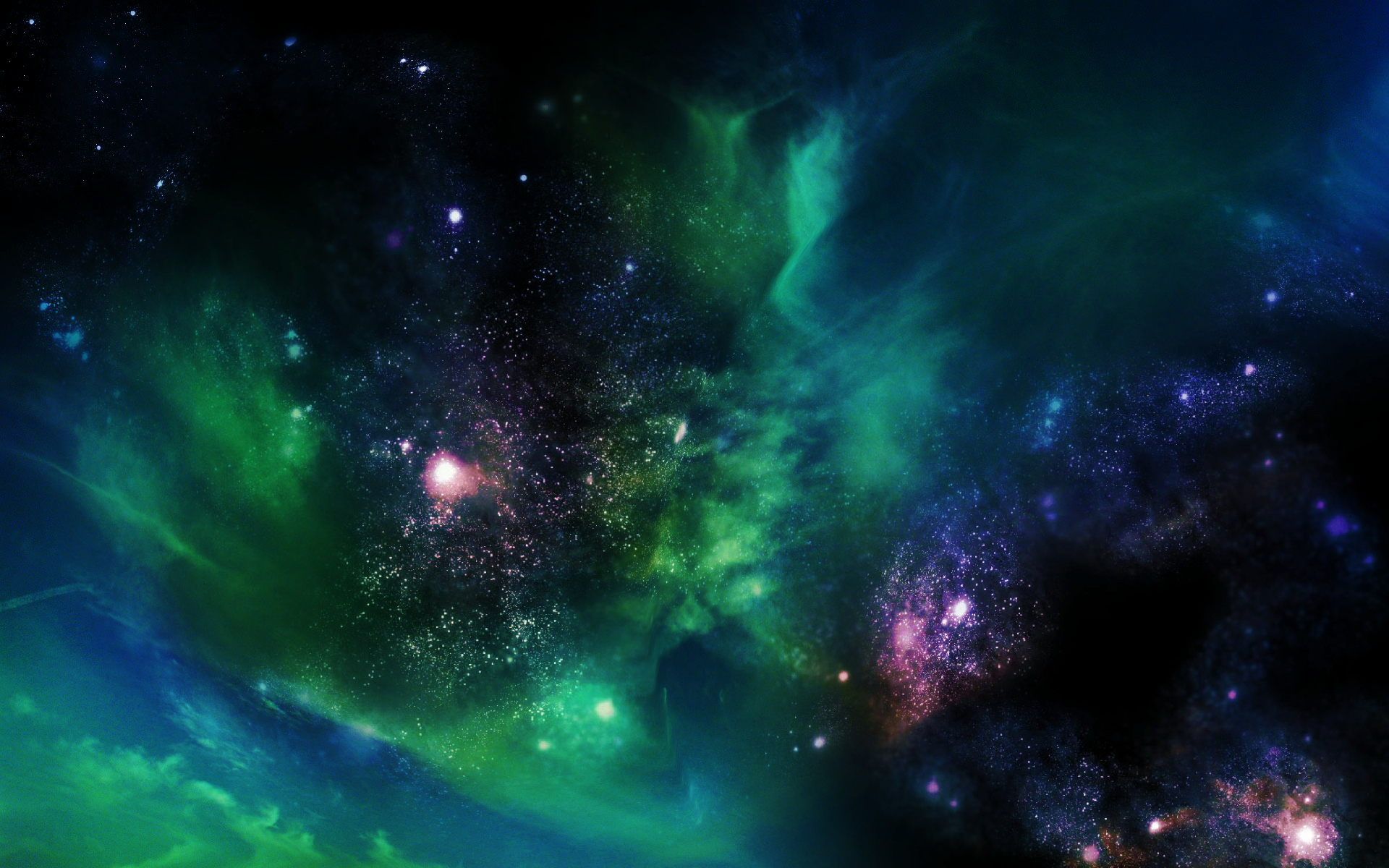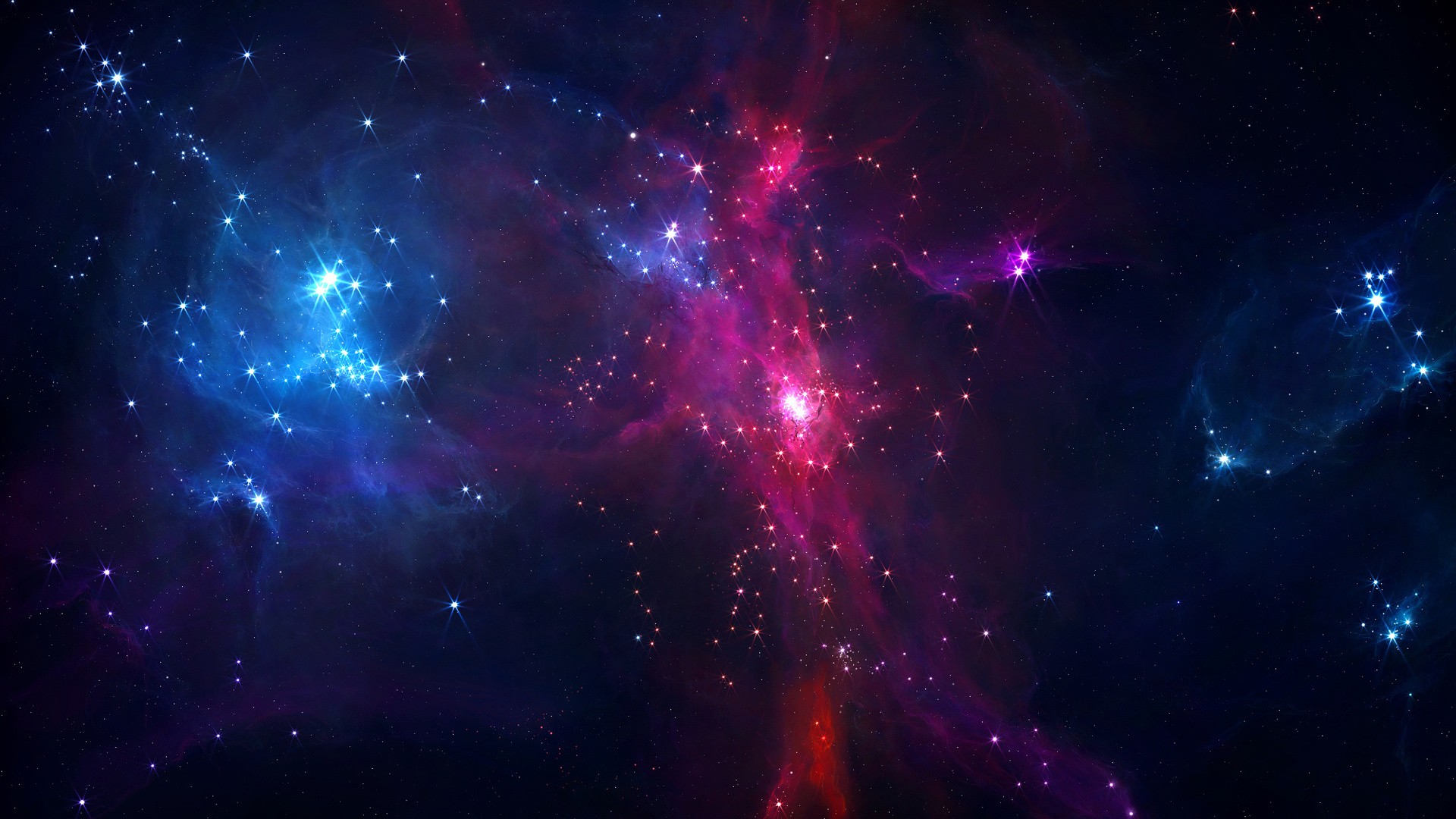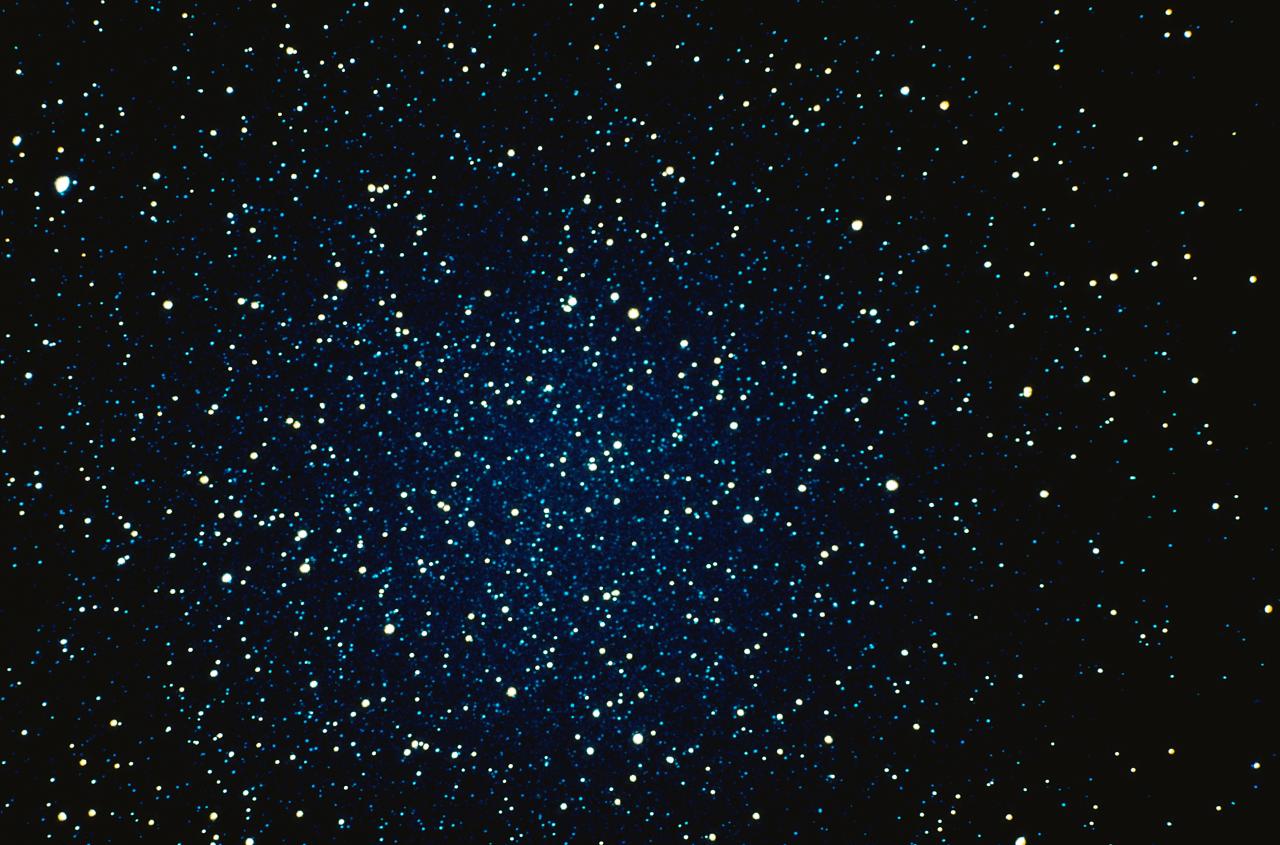
A mysterious signature in a region of the Red Planet where planetary scientists figure ice shouldn't exist.
An attempt to highlight irresponsible decisions of world leaders, corporates and mindless 'consumers'. The video is dedicated to all who died fighting for Earth and those whose lives are on the line today.

Japanese researchers recently conducted a study of the night side of Venus. In addition to being the first of its kind, this study also revealed that the atmosphere behaves differently on the night side, which was unexpected.

The spacecraft deserves a fond farewell and a round of applause.

The discovery of boron on Mars gives scientists more clues about whether life could have ever existed on the planet, according to a new paper.

New classification places Anthropocene era in astrobiological context.

InSight will do a deep dive into the Martian underground, putting two instruments onto the surface that will ferry information back from the depths.

“Time after time, we discovered things that we hadn’t even imagined.”

Nasa’s Cassini spacecraft is set to commence its final five orbits around Saturn, marking the final phase of its exploration mission of the planet.

Do not be alarmed, but a bright storm system three quarters the width of our entire planet has emerged over Neptune’s equator, in a region where no bright clouds have ever been witnessed before.

Pictures of Jupiter's most powerful storm, have been transmitted to Earth, giving eager scientist close-up views of the 10,000-mile-wide anticyclone where winds have been howling for at least 187 years.

Ihe intrepid orbiter sent back some truly stellar pics of the planet's most unusual feature: The raging hexagonal storm on its North Pole.

The plane of the solar system is warped in the outer reaches of the Kuiper Belt, signaling the presence of an unknown Mars-to-Earth-mass planetary object far beyond Pluto, according to a new research.

A new study suggests that the early Solar System was quickly divided in two, with the rapidly forming Jupiter creating the dividing line.

His goal is nothing less than ensuring the survival of the human race by creating a “backup location”, and calls for some serious planning and architecture.